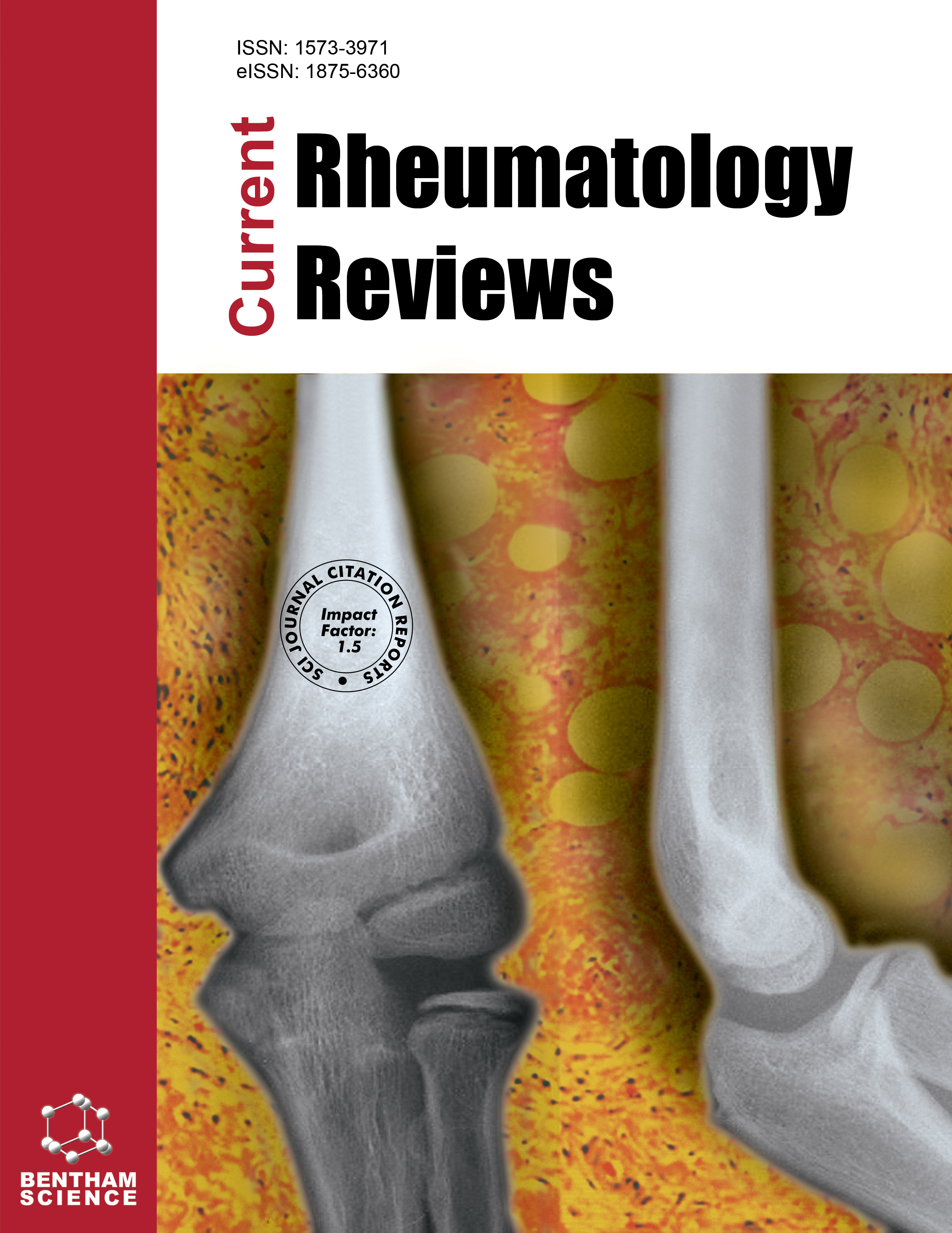-
oa Editorial [Hot Topic: Organ Involvement in the Antiphospholipid Syndrome (Guest Editors: Gerard Espinosa and Ricard Cervera)]
- Source: Current Rheumatology Reviews, Volume 6, Issue 1, Feb 2010, p. 2 - 2
-
- 01 Feb 2010
Abstract
The antiphospholipid syndrome (APS) is defined by the occurrence of venous and arterial thromboses, often multiple, and pregnancy morbidity (abortions, fetal deaths, premature births), in the presence of antiphospholipid antibodies, namely lupus anticoagulant, anticardiolipin antibodies, or anti-β2 glycoprotein-I antibodies [1]. The APS can be found in patients having neither clinical nor laboratory evidence of another definable condition (primary APS) or it may be associated with other diseases, mainly systemic lupus erythematosus (SLE), but occasionally with other autoimmune conditions, infections, drugs and malignancies [2]. Rapid chronological occlusive events, occuring over days to weeks, have been termed the catastrophic APS [3]. Other postulated APS subsets include the microangiopathic [4] and the seronegative APS [5]. In the 25 years since the original description of this syndrome [6], advances in recognition of both the clinical as well as the underlying aspects of the condition have been notable. Single vessel involvement or multiple vascular occlusions may give rise to a wide variety of presentations in the APS. Any combination of vascular occlusive events may occur in the same individual and the time interval between them also varies considerably from weeks to months or even years. The study of 1,000 European APS patients (“Euro-Phospholipid project”) [7] has provided accurate information on the prevalence of the majority of clinical manifestations of this syndrome and it is now recognised as a major cause of common conditions, including deep vein thrombosis, stroke, heart attack, miscarriage, epilepsy and memory loss. As a consequence, the APS is, at last, gaining recognition in all branches of medicine, from obstetrics to cardiology, from psychiatry to orthopedics. This volume highlights the most common clinical manifestations of this syndrome according to the involved organ. It also brings together many of the internationally known experts in this field. Although the APS is a relatively “young” syndrome, it seems to “replace” SLE in its diversity of manifestations, number of clinical and scientific publications and number of medical meetings. There is still a lot to be unrevealed to explain the involvement of so many different organs, tissues and systems. This book is dedicated to the current revelations systems.


